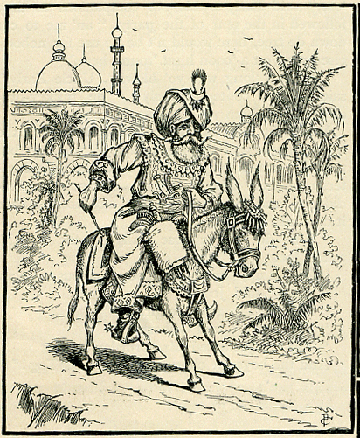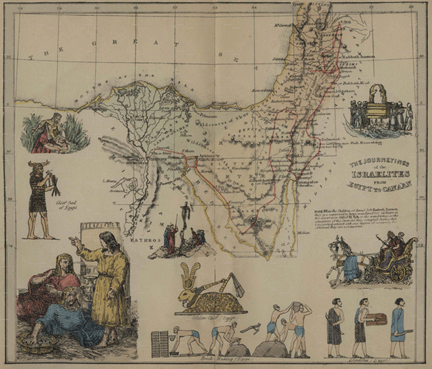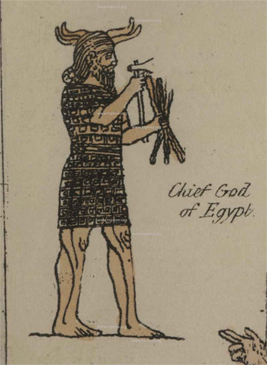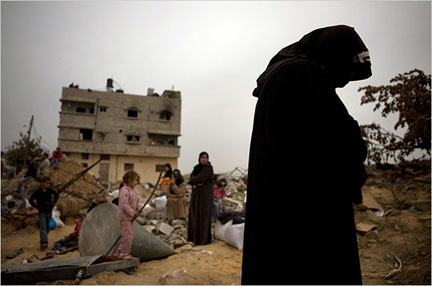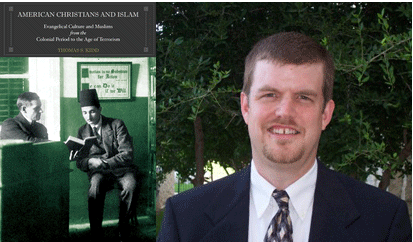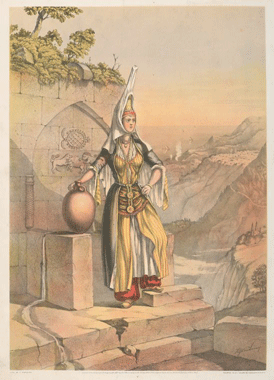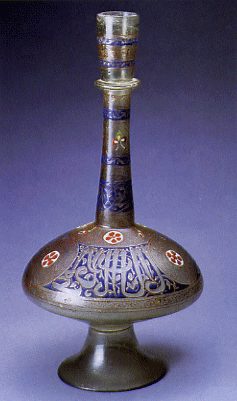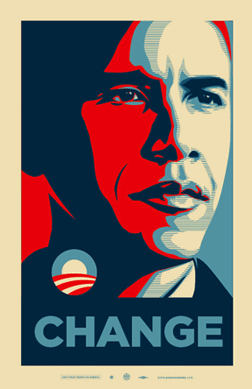
Lebanon …Without A Daily Star Until Further Notice
By Thair Abbas, Asharq Alawsat, 30/01/2009
Beirut.
The Lebanese English-language newspaper The Daily Star has been temporarily shut down since the middle of January due to a financial lawsuit between the newspaper and Standard Charter Bank. The newspaper was the only source of internal Lebanese news for many of the Lebanese “orphans” living abroad and for foreigners living in Lebanon, who would use it to follow the news of Lebanon which is rife with contradictions, events, and crises.
This is not the first time that The Daily Star has been “temporarily” shut down, indeed the newspaper has been closed down three times since its foundation, but it returned to print each time as a result of the market’s need for a publication to fill this niche. Continue reading Lebanon …Without A Daily Star Until Further Notice
